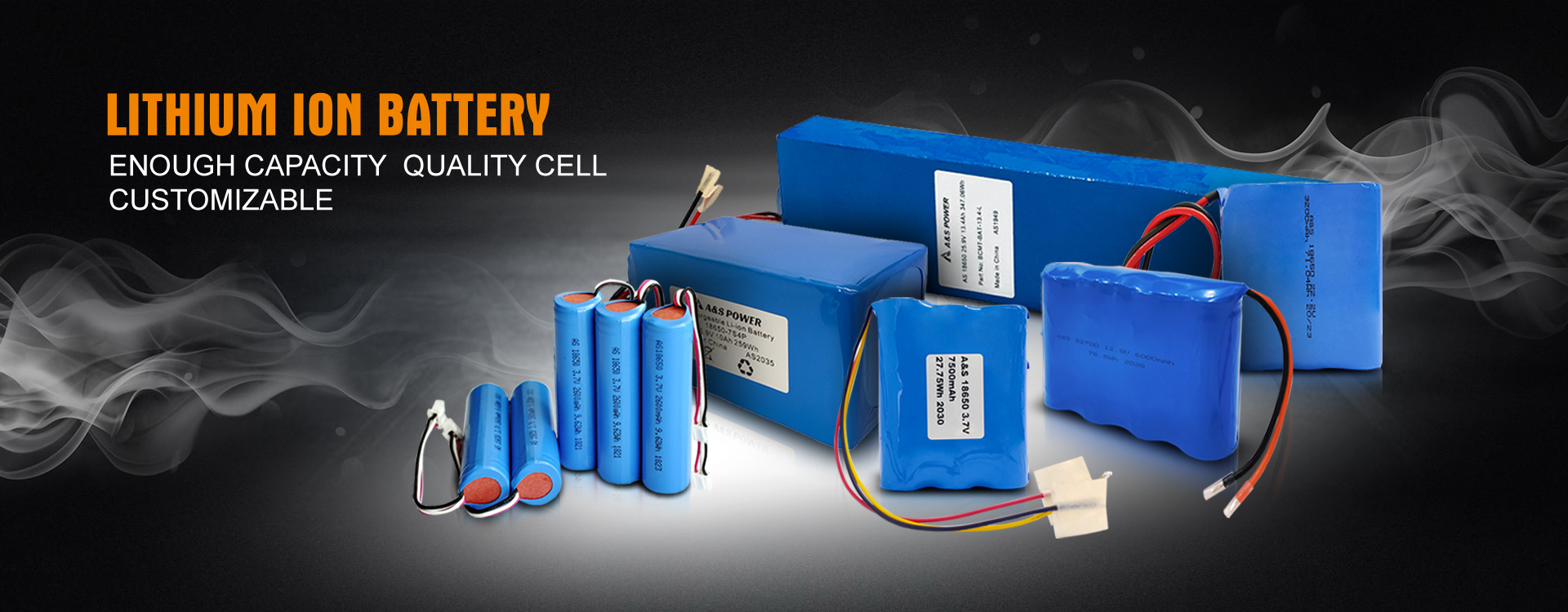Four major considerations in the design of lithium-ion battery factories
2021-11-03
Four major considerations in the design of lithium-ion battery factories
Large battery manufacturing plants have unique design and construction considerations, which can be summarized into four major considerations.
Challenge 1: Create and maintain an ultra-low humidity environment
In battery factories, uncontrolled humidity can cause problems, resulting in reduced product life, reduced performance, excessive temperature during charging, and potential thermal runaway (for example, fire).
Lithium-ion battery manufacturing requires the most stringent humidity control. The first challenge is to manufacture and maintain these ultra-low relative humidity environments in battery manufacturing plants. Ultra-low relative humidity means less than 1%, which is difficult to maintain, because when the relative humidity is less than 1%, there will be some irregular phenomena.
Water flow
When designing an absolute clean room, the tool to keep the absolute clean room clean is to apply pressure to exhaust air so that particulate matter will not penetrate into the space. However, this method cannot maintain a relative humidity of less than 1% in a dry absolute clean room. In an ultra-low humidity environment, moisture flows in the opposite direction of the airflow. In order to solve the moisture problem, it must be moisture-proof in a dry space, for example, all sides, top, and bottom are sealed in a complete shell.
Choose the right material
In addition to the use of butyl synthetic rubber seals and insulated metal plates for cam locks, entry point airlocks, and under-floor sealed vapor barriers, it is also important to note that ultra-low humidity spaces can dry conventional lubricants and sealants. If the installed door closer is not designed for this ultra-low humidity environment, the sealant will become powdery over time.
Challenge 2: Hazard and fire protection requirements
During the production process, if the state of charge of the battery exceeds 35% to 50%, it must be regarded as a fire hazard due to the energy density of the large storage battery. Manufacturing defects in the battery with a state of charge higher than 35% may cause thermal runaway and spread to the surrounding batteries, causing a chain reaction.
Challenge 3: Contact with process equipment suppliers
Since the United States is still making up for battery manufacturing technology, most of the process equipment installed in the battery manufacturing equipment in the United States comes from China, South Korea and Japan. This means surmounting language barriers, time barriers, and many morning and evening meetings to communicate.
Challenge 4: High power demand
The last challenge when designing a large battery manufacturing plant requires very high power. In addition to normal power requirements, the formation stage of battery manufacturing also requires charging and discharging each unit battery. As a result, these devices have very high power requirements, which may require a new dedicated substation. New substations require a long period of time and advance the schedule.
the secret to success
In order to effectively develop a battery manufacturing plant, it is necessary to successfully combine the above four challenges and develop with the advancement of science and technology. We are already exploring the development direction of these devices in the next 10 years, such as a smaller dry environment, less intensive use and recycling of electricity, different building regulations, more advanced fire protection systems, these are just our electricity in the future Some progress seen in development.
Follow us and explore more! 👉 Facebook












